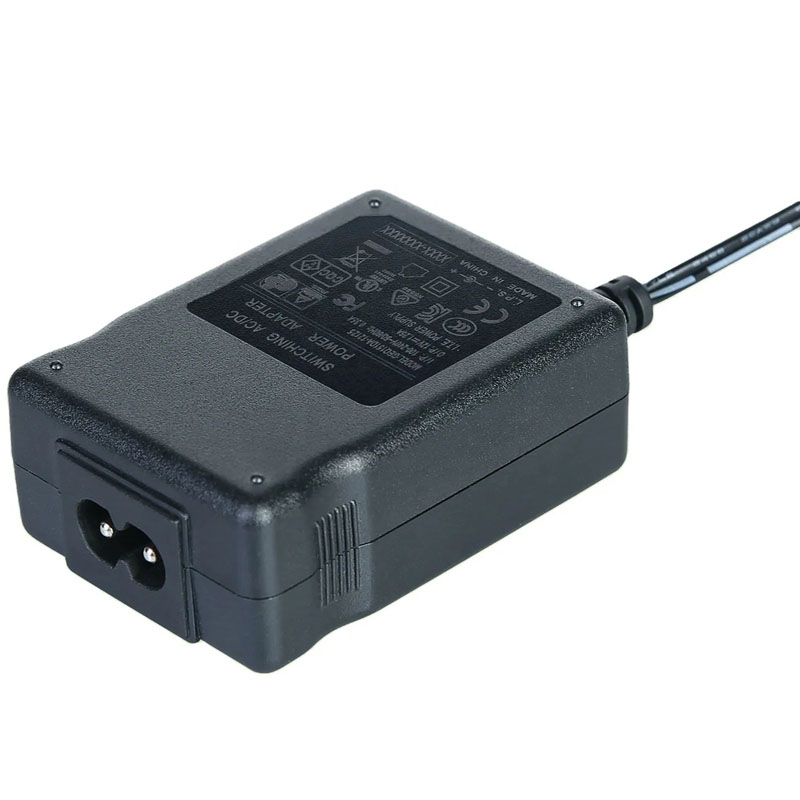The Magic Behind the Conversion: How a Desktop Power Adapter Transforms AC to DC
2024-05-29
In the digital world, the desktop power adapter is a silent yet powerful player. It's the unsung hero that seamlessly transforms alternating current (AC) from the wall outlet into direct current (DC) for our desktop computers and other electronic devices. Let's delve into the magic behind this conversion and understand how a desktop power adapter accomplishes this feat.
The Journey from AC to DC
The first step in the conversion process is the entry of AC into the desktop power adapter. AC is the type of electricity that flows in a sine wave pattern, alternating between positive and negative voltages. It's the type of electricity that comes from the power grid and is used in most household outlets.
Once the AC enters the power adapter, it encounters a series of components that begin the transformation process. The most crucial of these components is the rectifier.
The Role of the Rectifier
The rectifier is a device that converts AC into pulsating DC. It consists of diodes or other similar components that allow the positive half of the AC sine wave to pass through while blocking the negative half. This results in a pulsating DC signal that contains both positive and negative voltages but lacks the alternating nature of AC.
Smoothing Out the Pulses
The pulsating DC signal is then sent to a capacitor, which helps smooth out the pulses. The capacitor stores and releases charge, effectively evening out the fluctuations in the DC signal. This results in a more stable and continuous DC output.
Regulating the Voltage
After the smoothing process, the DC signal passes through a voltage regulator. This component ensures that the output voltage is precisely controlled and meets the specific requirements of the device. It adjusts the voltage level to ensure that it's within the acceptable range for the device to operate safely and efficiently.
Isolation and Safety
In addition to the conversion process, the desktop power adapter also provides isolation between the device and the power grid. This isolation helps protect the device from potential electrical hazards, such as voltage spikes or fluctuations. The adapter's internal components are designed to withstand these hazards, ensuring that the device receives a clean and stable DC supply.
Conclusion
The desktop power adapter's ability to convert AC into DC is crucial for the operation of our desktop computers and other electronic devices. Through the combined efforts of the rectifier, capacitor, and voltage regulator, the adapter transforms the alternating current from the wall outlet into a stable and reliable direct current supply for our devices. Understanding this process helps us appreciate the importance of the desktop power adapter and the role it plays in our digital lives.


